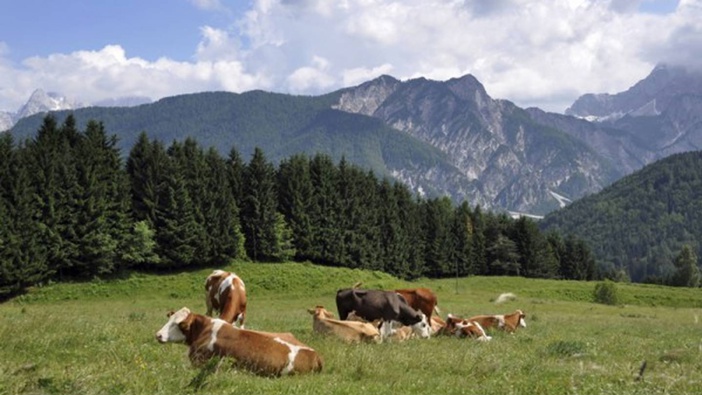You'll be well and truly aware that when our primary producers do well, the whole country benefits.
When our farmers, orchardists and horticulturalists make a decent living, they’re able to invest a new capital and clear debt. That all trickles down through to our towns and cities.
Those selling farm implements, car dealers with the latest utes and farm to town cars for the family, boarding schools looking to increase their roles, and the likes of appliance clothing retailers, all reap the benefits of a good harvest.
The problem is that for a long time, even with decent payouts, the rate of inflation and rising costs has absorbed a lot of that disposable income.
Some in the dairy sector have commented about the excitement of increased payouts due to success at the global dairy auction - only to have their margins smashed with rising costs.
But there is light at the end of the tunnel.
Rural cost inflation has evidently peaked. Input prices across all farm and orchards, excluding livestock costs, dipped from an annual pace of 15.6 per cent in the September quarter down to 15.3 per cent in the December quarter.
That doesn’t sound like a big dip to me, but apparently, it’s enough to make a huge difference, given the debt that some newly established and developing primary producers are facing.
That’s not to say the picture isn’t still a bit grim
At an annual 15.3 per cent rate, rural cost inflation is more than double the rate of a year ago.
When you make the comparison of these numbers compared to what they were before the Covid pandemic, the rate before at 1.8 per cent makes todays figures look phenomenal.
So where do we go from here? How does New Zealand diversify further to keep ahead of all of the global markets?
How does New Zealand’s primary produce remain viable without further detriment to the environment as well as remaining appealing to markets who now look at the carbon miles travelled to get to the northern hemisphere supermarket shelves?
There will be many listening that remember the early days of deer farming, along with the advent of Kiwi fruit in our orchards.
So, what next for our primary producers?
I feel for anyone with a deep economic link and an intrinsic commitment to the land.
Rural inflation costs are forecasted to drop dramatically, which will be good news for everyone on the land.
The big question is how prepared are you to stick at it - in the hope that the light at the end of the tunnel isn’t an oncoming train?
What will the next big primary product be that appeals to everybody nationally and globally starring through an environmental lens and with a spotlight on animal welfare issues, including the distance travelled to foreign markets?
With many forestry contractors deciding to pull out of those areas affected by cyclone Gabrielle, the question of what to do next, will be relevant for a great many.
New Zealand will need to keep diversifying.
Whatever our primary producers decide to do long-term, will have ramifications for us all.
Take your Radio, Podcasts and Music with you










